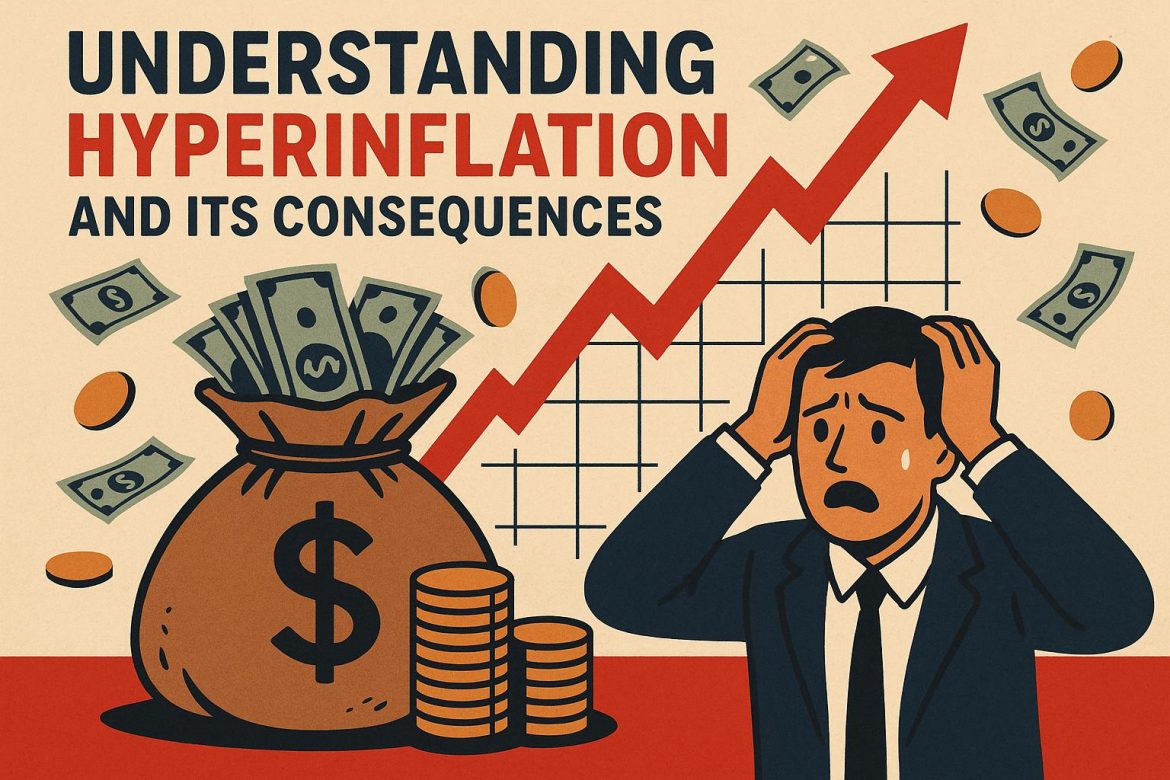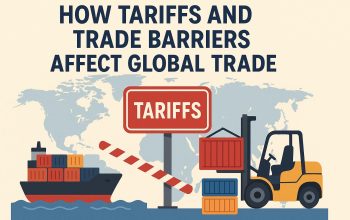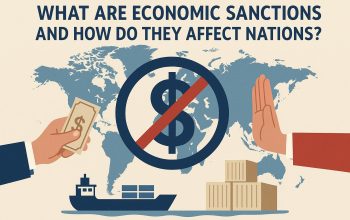Understanding Hyperinflation
Hyperinflation is an alarming economic condition characterized by a precipitous and uncontrolled rise in the prices of goods and services. This condition is generally defined by an inflation rate exceeding 50% per month, causing the value of the affected country’s currency to substantially decline. Consequently, consumers face mounting difficulty in purchasing everyday necessities, requiring significantly more money to meet their basic needs. Hyperinflation tends to be precipitated by a combination of factors such as an excessive supply of money, dwindling confidence in the currency, demand-pull inflation, or cost-push inflation.
Causes of Hyperinflation
One principal catalyst for hyperinflation is a government’s decision to print large quantities of money to finance its spending without a commensurate increase in the country’s economic production. When the supply of currency expands rapidly without a corresponding increase in goods and services available in the market, prices naturally escalate. This happens because the same quantity of goods is pursued by a larger amount of money, causing each unit of currency to hold less purchasing power.
Another critical cause of hyperinflation is a breakdown in public confidence in the national currency. When individuals begin to question a currency’s worth, there’s often a rush to spend it quickly or exchange it for foreign currencies or assets that are considered more stable. This surge in spending and conversion acts to further fuel inflation. Such a loss of confidence can frequently be traced to political disputes or long-standing economic mismanagement.
Demand-Pull Inflation
Demand-pull inflation is identified as a scenario where the aggregate demand for goods and services exceeds the existing supply, resulting in an increase in prices. If left unchecked, demand-pull inflation can escalate into hyperinflation. For example, should a government amplify its spending without adequate corresponding revenue through taxation, this can cause demand to skyrocket, thus rapidly driving up prices across the economy.
Cost-Push Inflation
Cost-push inflation emerges when the expenses associated with production climb, thereby causing the prices of finished goods and services to escalate. Various elements such as increased labor costs, a rise in the cost of raw materials, or disruptions in the supply chain can lead to cost-push inflation. During periods of hyperinflation, these increased production costs are often transferred to consumers, compounding economic challenges.
Consequences of Hyperinflation
Hyperinflation has far-reaching effects on an economy, creating significant disturbances in economic operations and annihilating wealth.
Erosion of Purchasing Power
A foremost consequence of hyperinflation is the rapid erosion of purchasing power. As the currency’s value diminishes, consumers discover that the same amount of money buys fewer goods and services. This decrease in purchasing power leads to reduced consumption and savings, with individuals potentially resorting to barter systems or foreign currencies for their daily transactions.
Impact on Savings and Investments
Hyperinflation severely impacts savings, as the real value of money held in savings depletes, undermining personal financial security. The uncertainty rooted in such an economic environment also affects investment, making long-term planning challenging. Consequently, hyperinflation can stimulate capital flight, where investors pull their investments from the economy, increasing instability.
Social and Political Implications
The social and political repercussions of hyperinflation can be significant. Historical examples reveal that hyperinflation often precipitates extensive economic distress, pushing more individuals into poverty and inciting societal unrest. Such destabilization frequently catalyzes political shifts as citizens manifest their dissatisfaction with the prevailing government administration.
Historical Examples of Hyperinflation
Various instances throughout history have captured the phenomenon of hyperinflation, illustrating its origins and effects. An iconic case is the Weimar Republic in Germany during the early 1920s, where reparations and the unrestrained printing of money resulted in uncontrolled inflation. More recent cases include Zimbabwe in the late 2000s, where inflation rates reached astronomical levels, and Venezuela, which has been grappling with hyperinflation since the mid-2010s.
Solutions and Mitigation
Tackling hyperinflation necessitates meticulous fiscal and monetary policy interventions. A primary response is the stabilization of the currency, which can involve redenomination or reevaluating its value. Implementing stringent monetary policies is crucial in controlling money supply and inflationary pressures. Reestablishing confidence in the national currency is imperative and often requires assistance or backing from international institutions.
Despite the adversity presented by hyperinflation, governments and financial bodies have cultivated various strategies to counteract its effects, aiming for economic stability and recovery. A deep comprehension of the underlying causes and resultant impacts serves as an essential tool for policymakers as they devise measures to prevent or manage hyperinflationary scenarios successfully. Understanding how hyperinflation unfolds, and the measures required to address it, is vital in crafting effective responses to maintain economic stability.
This article was last updated on: November 6, 2025




